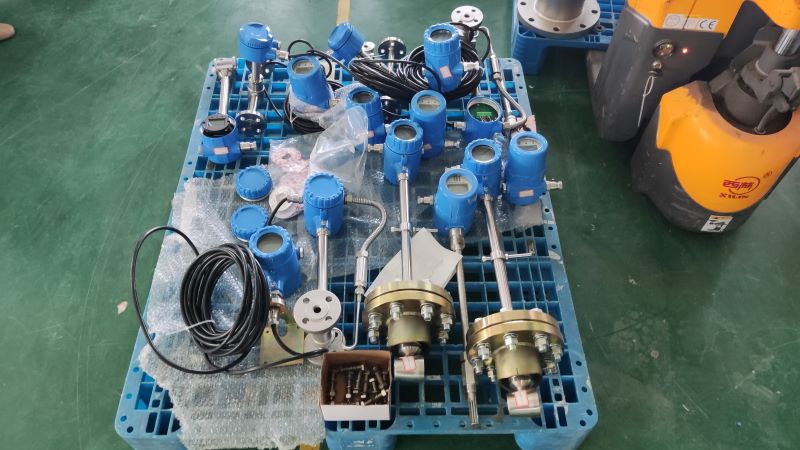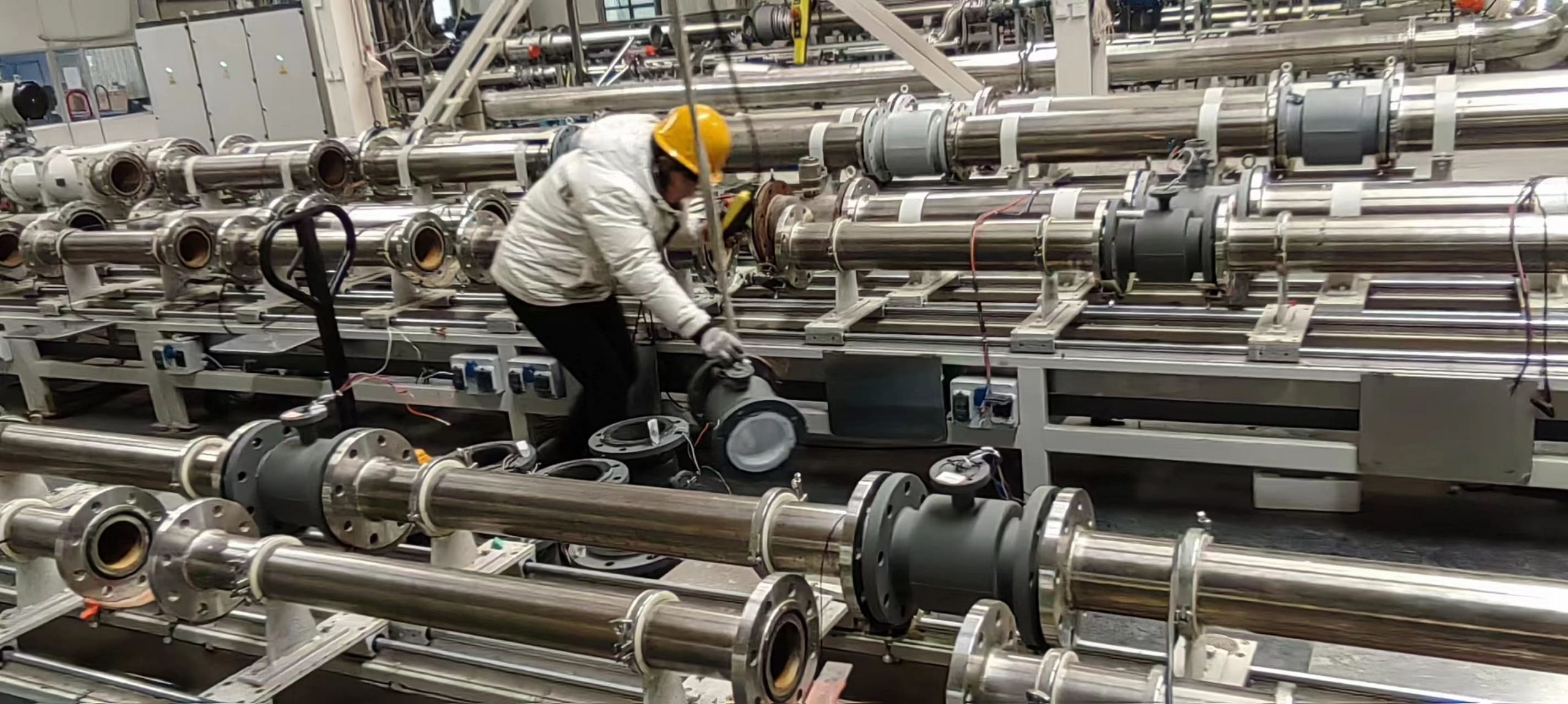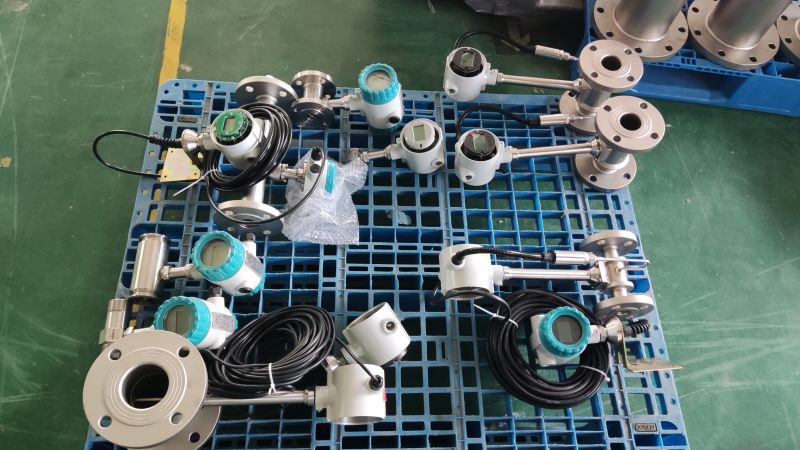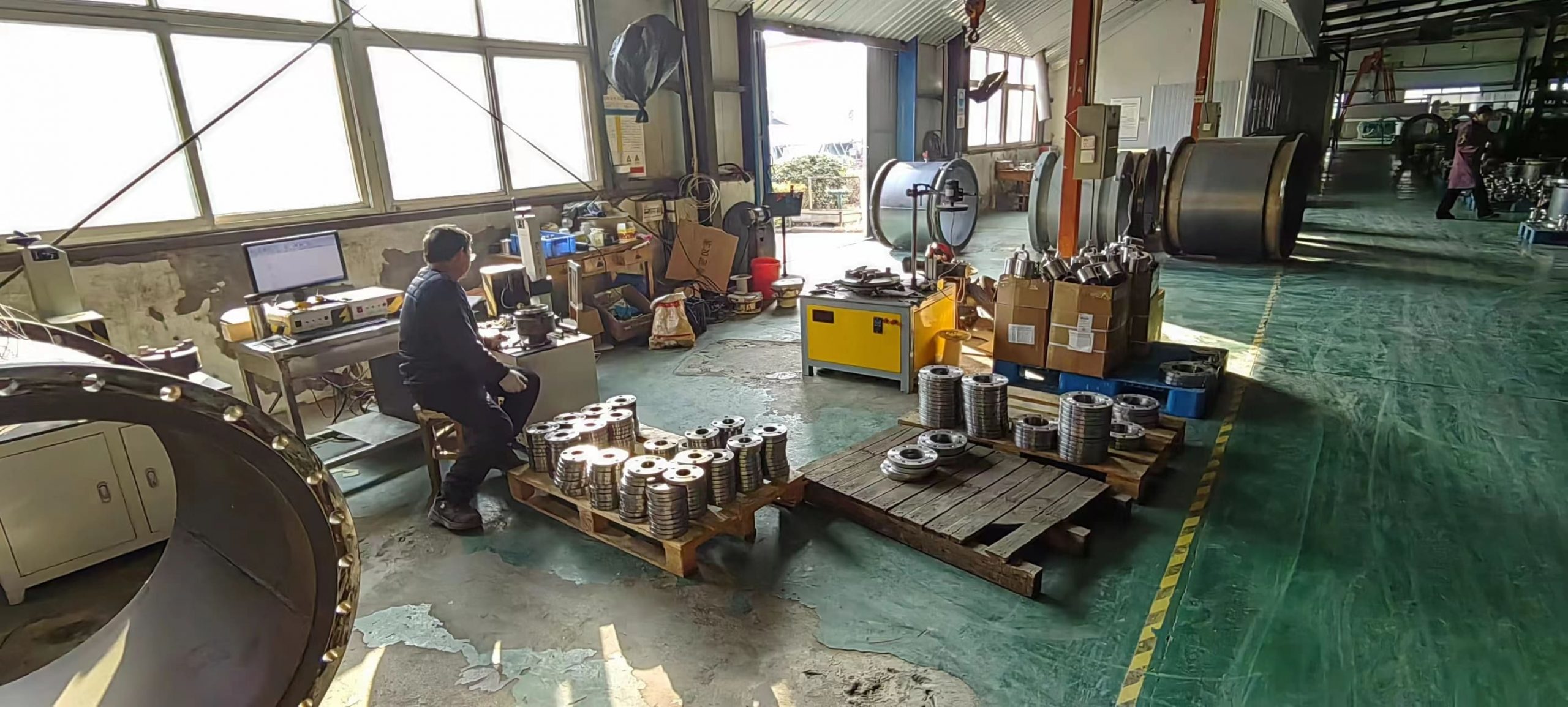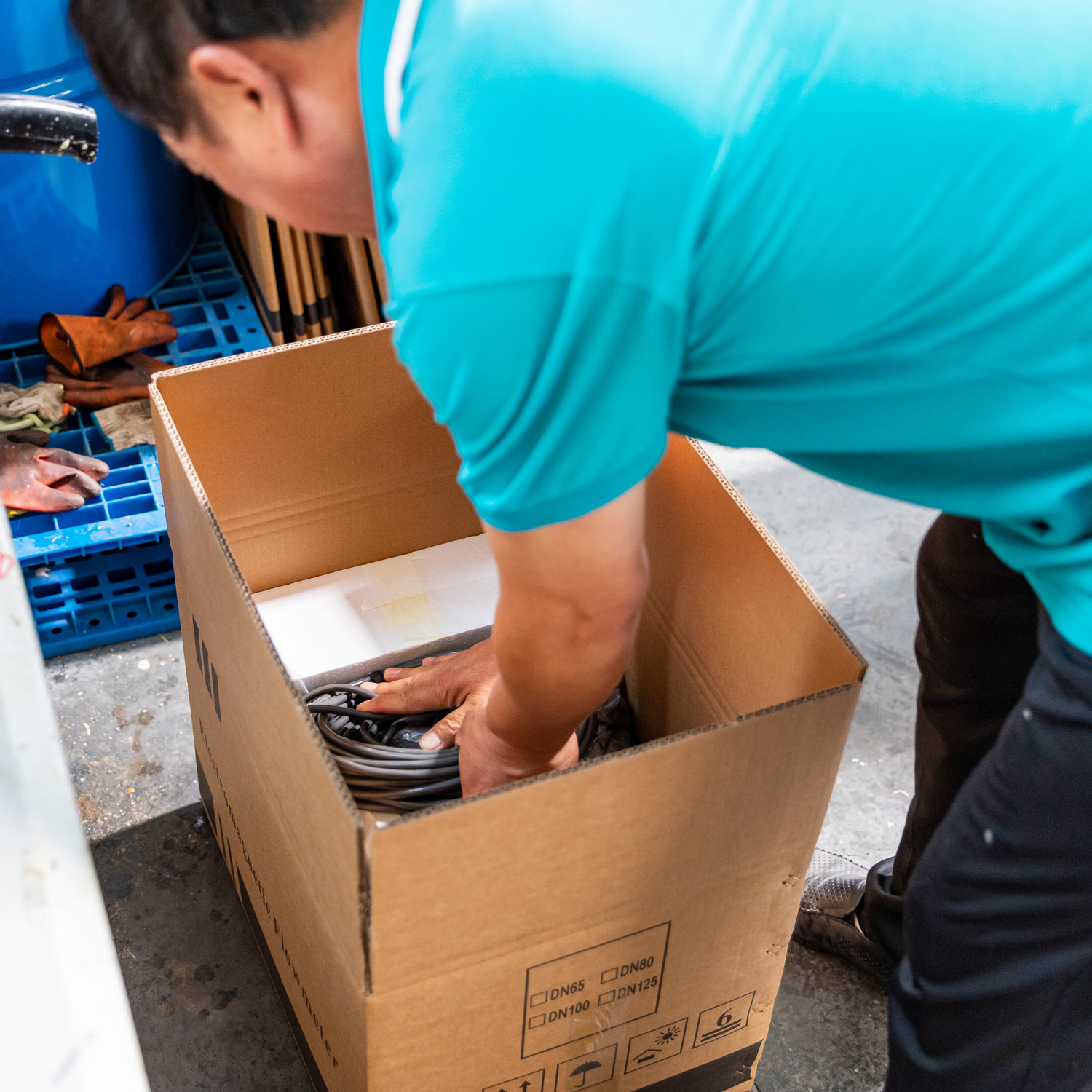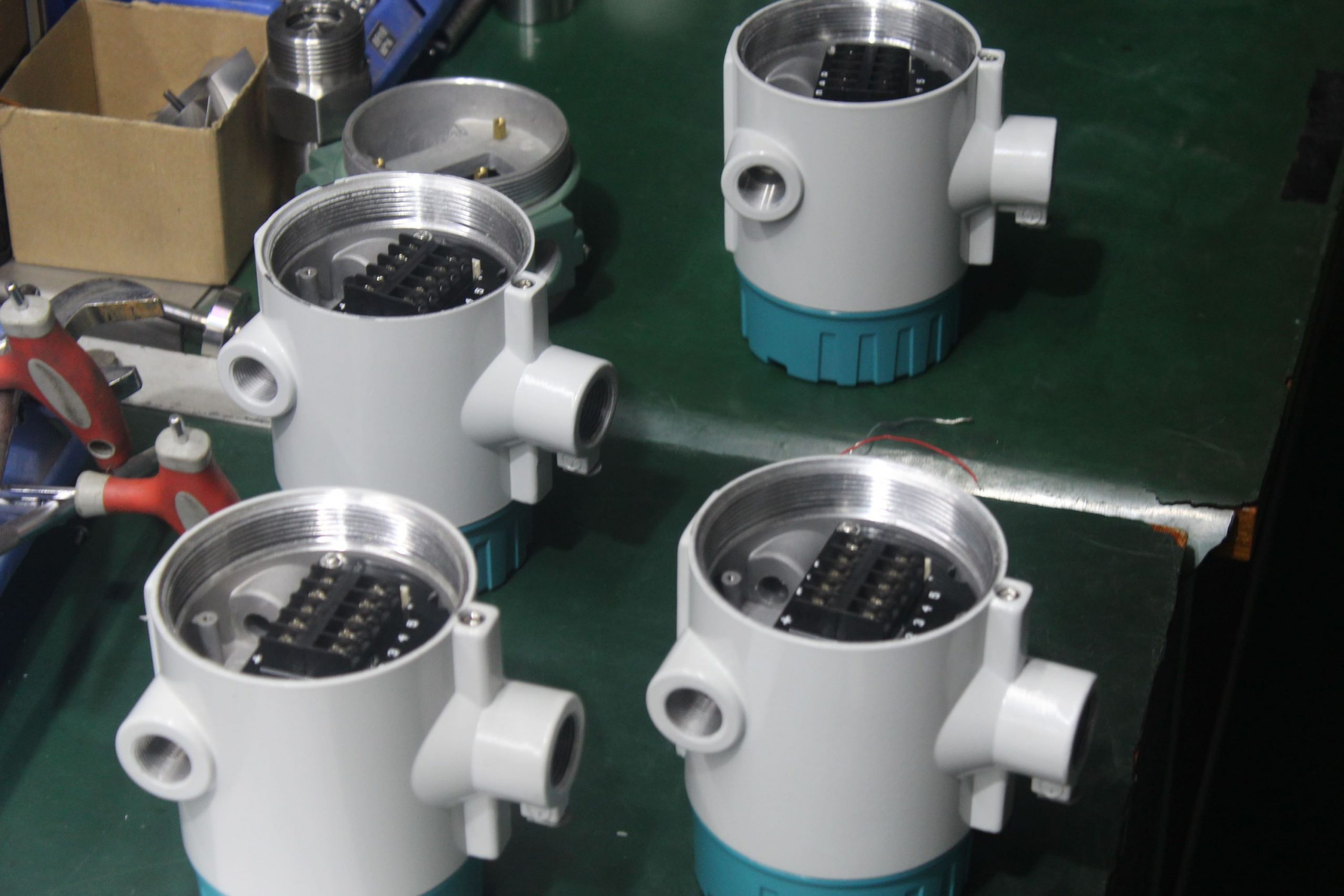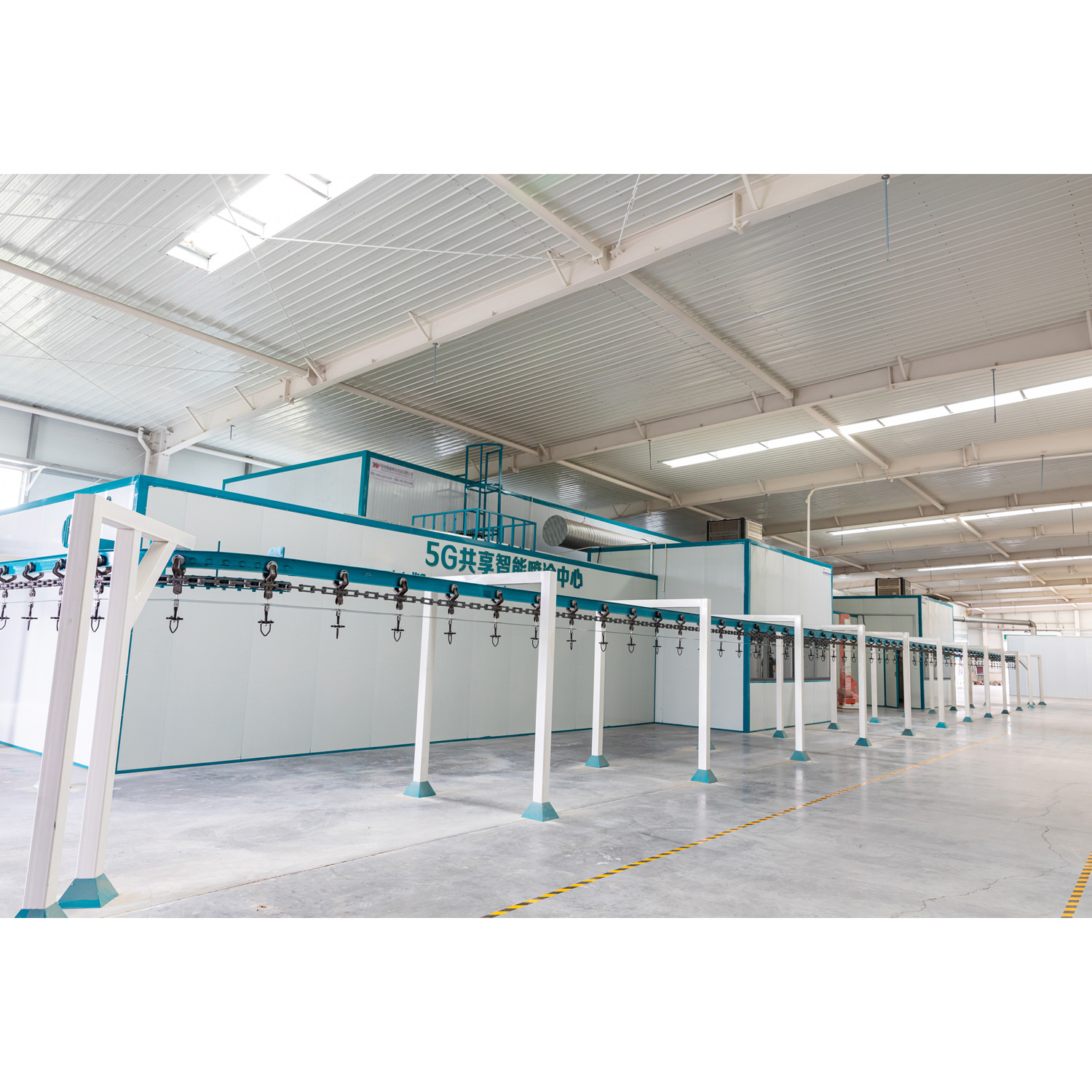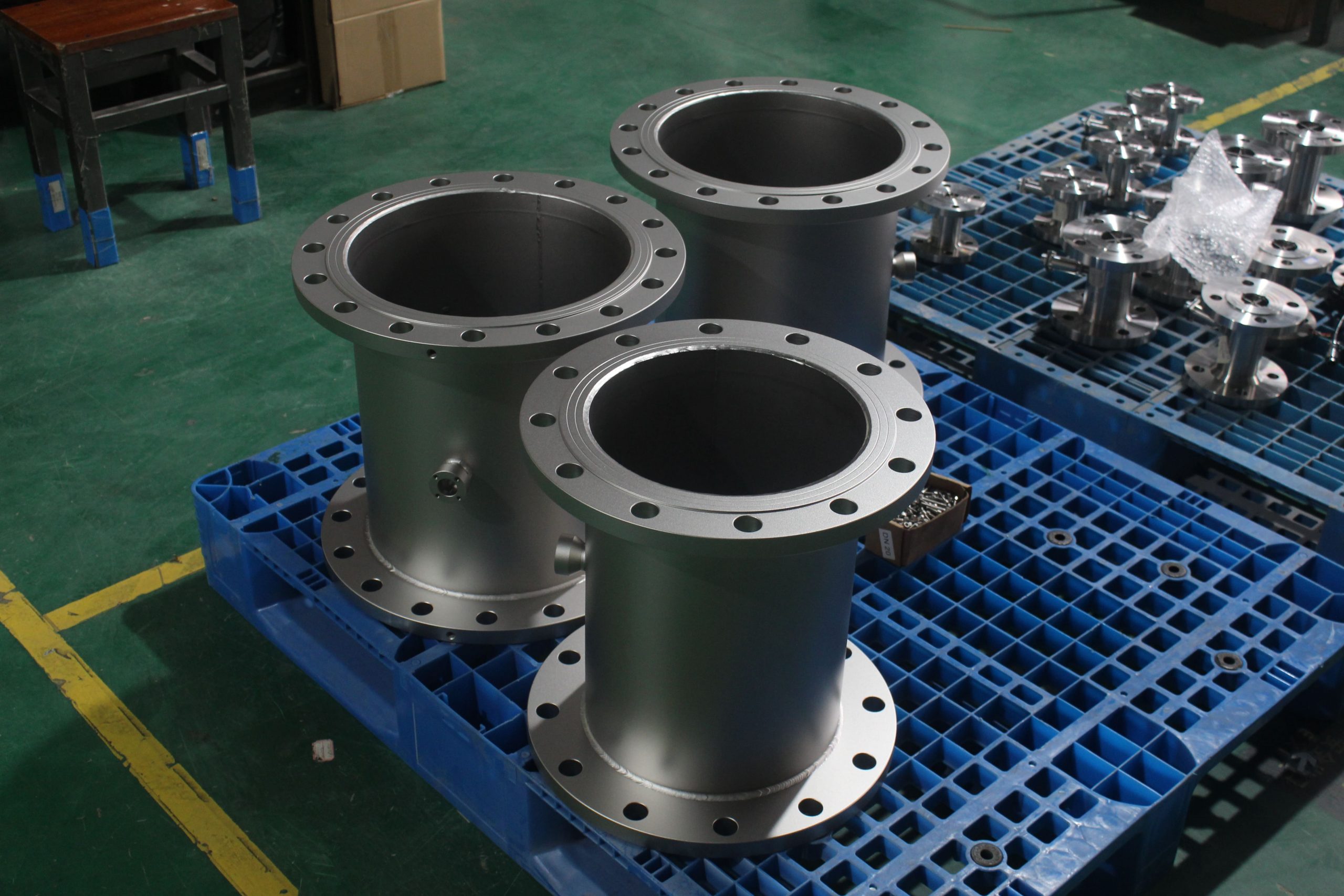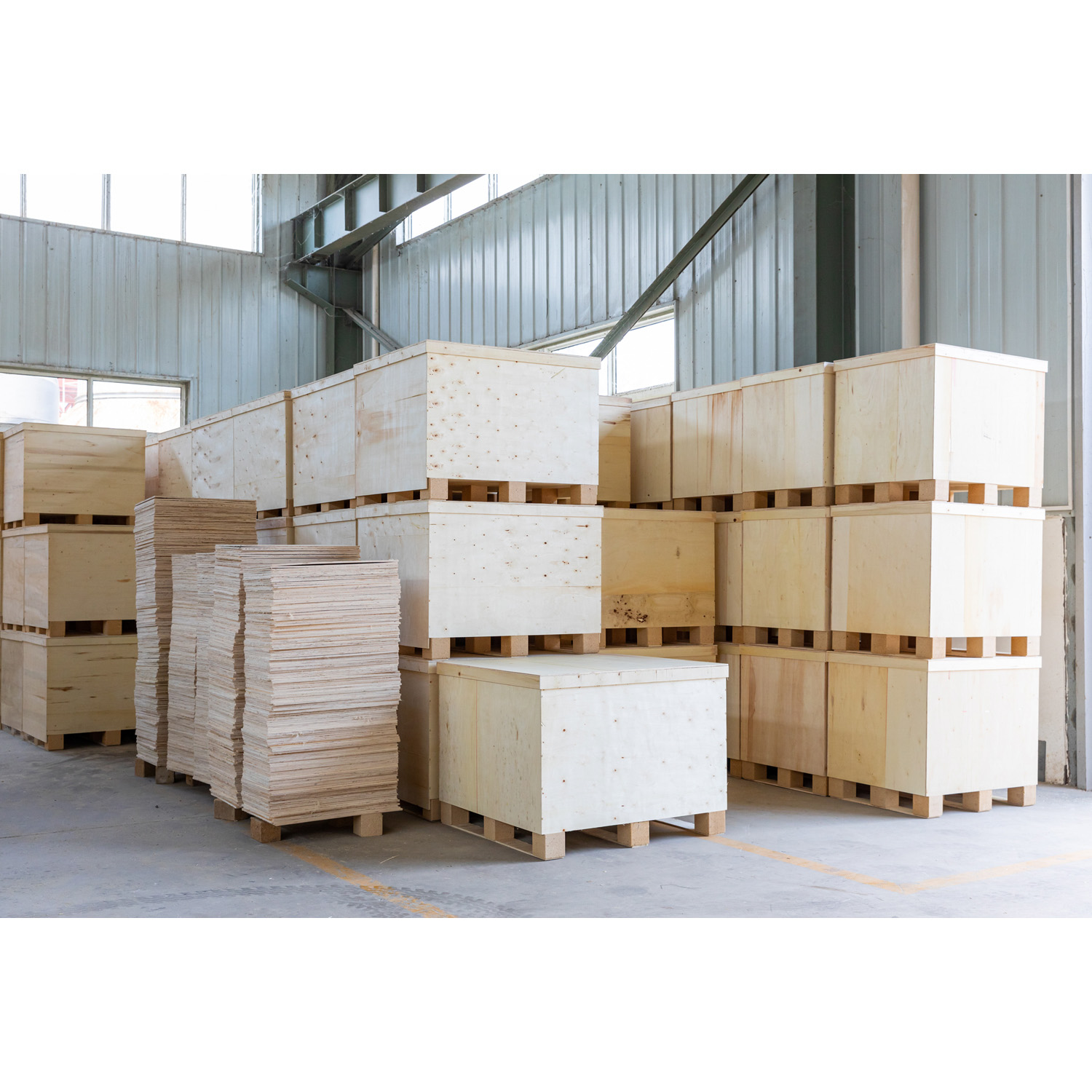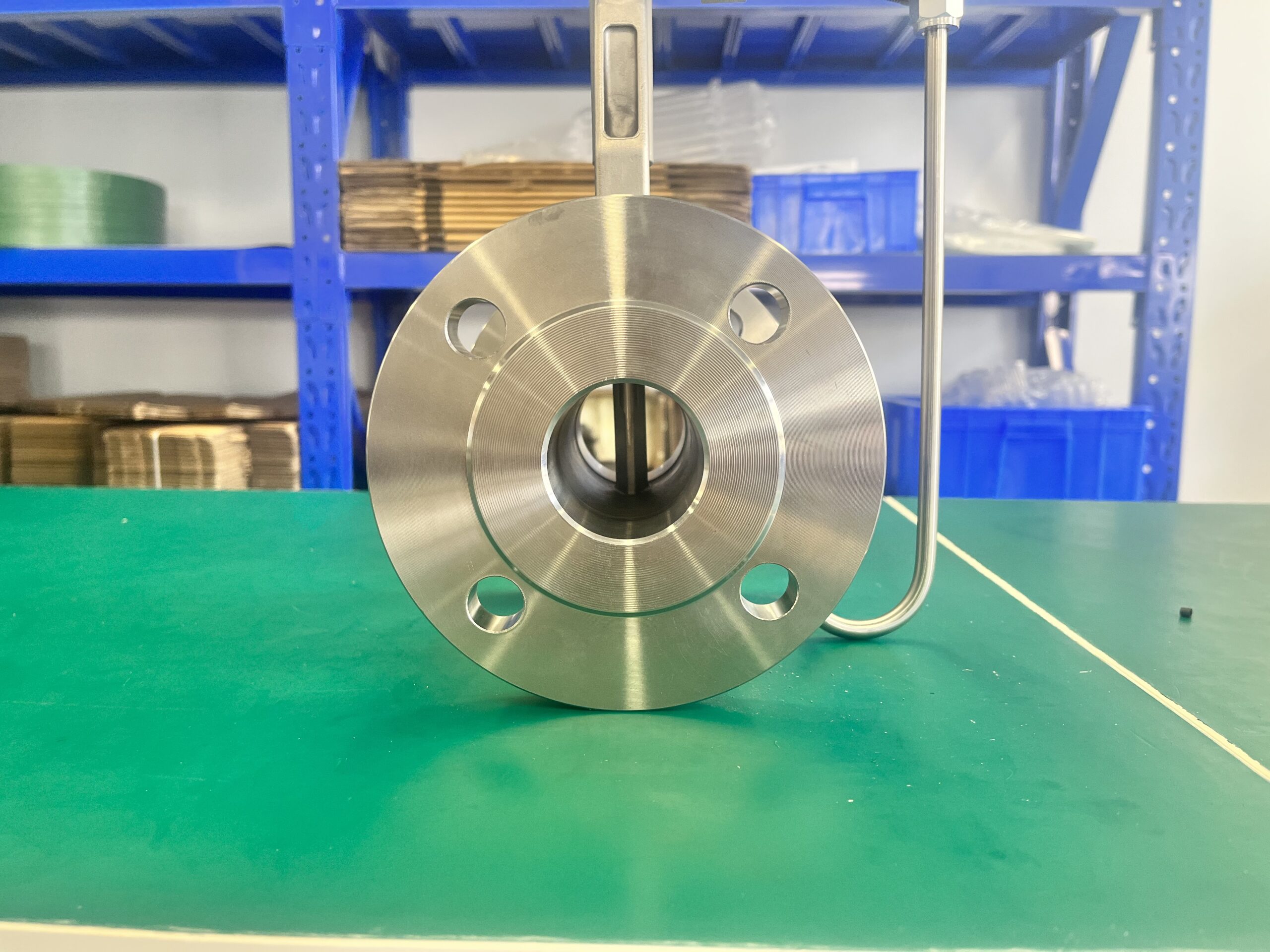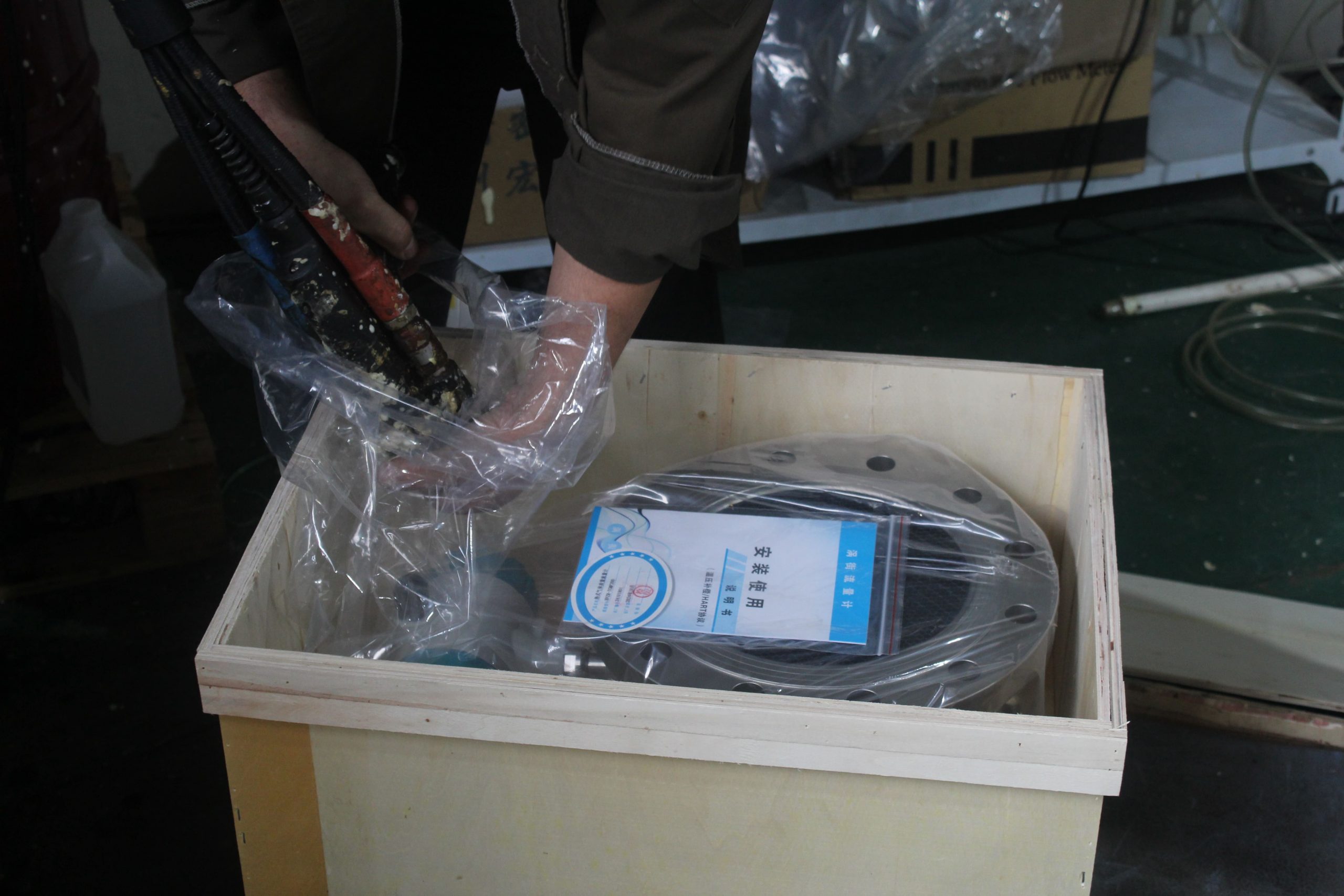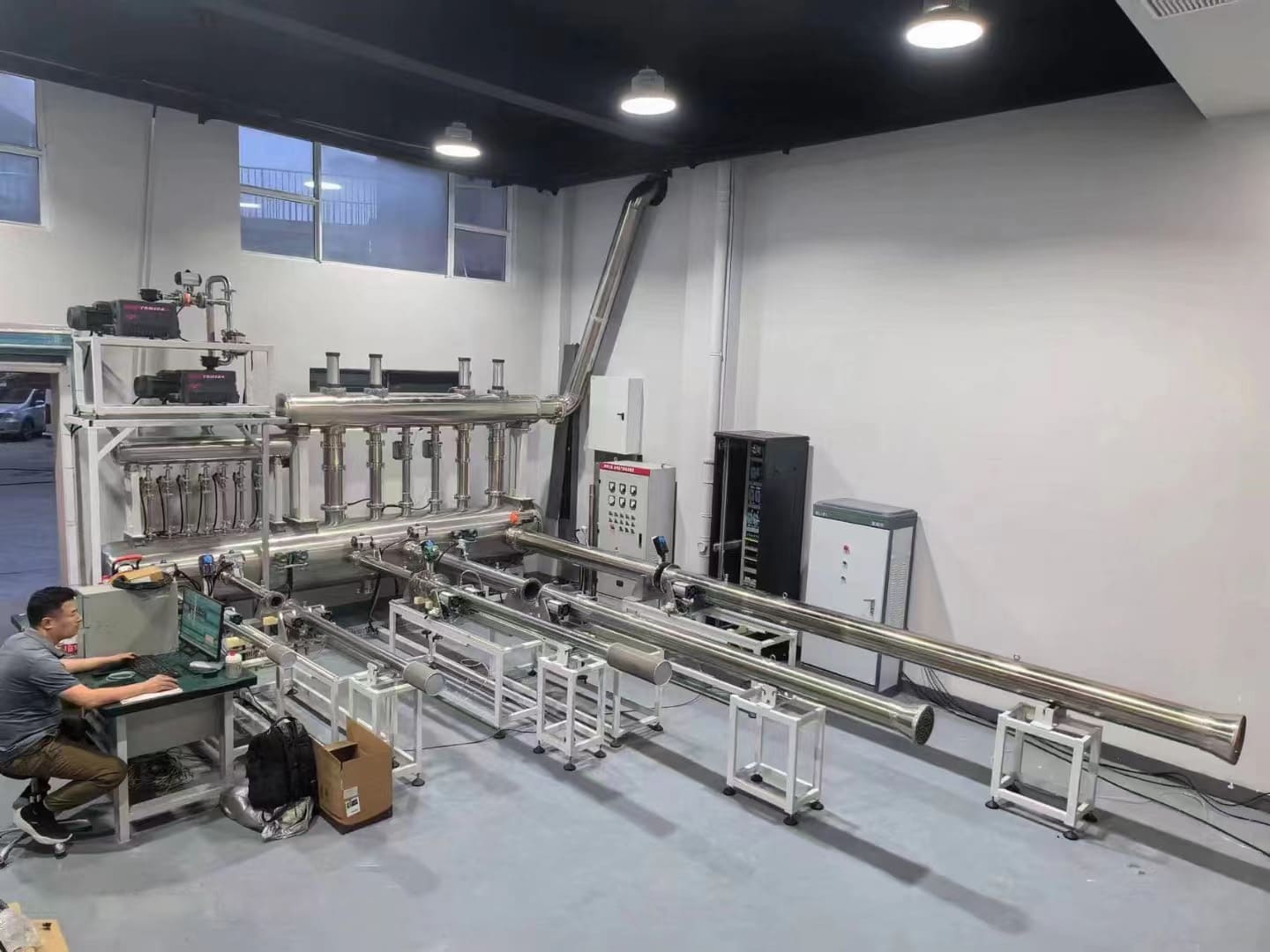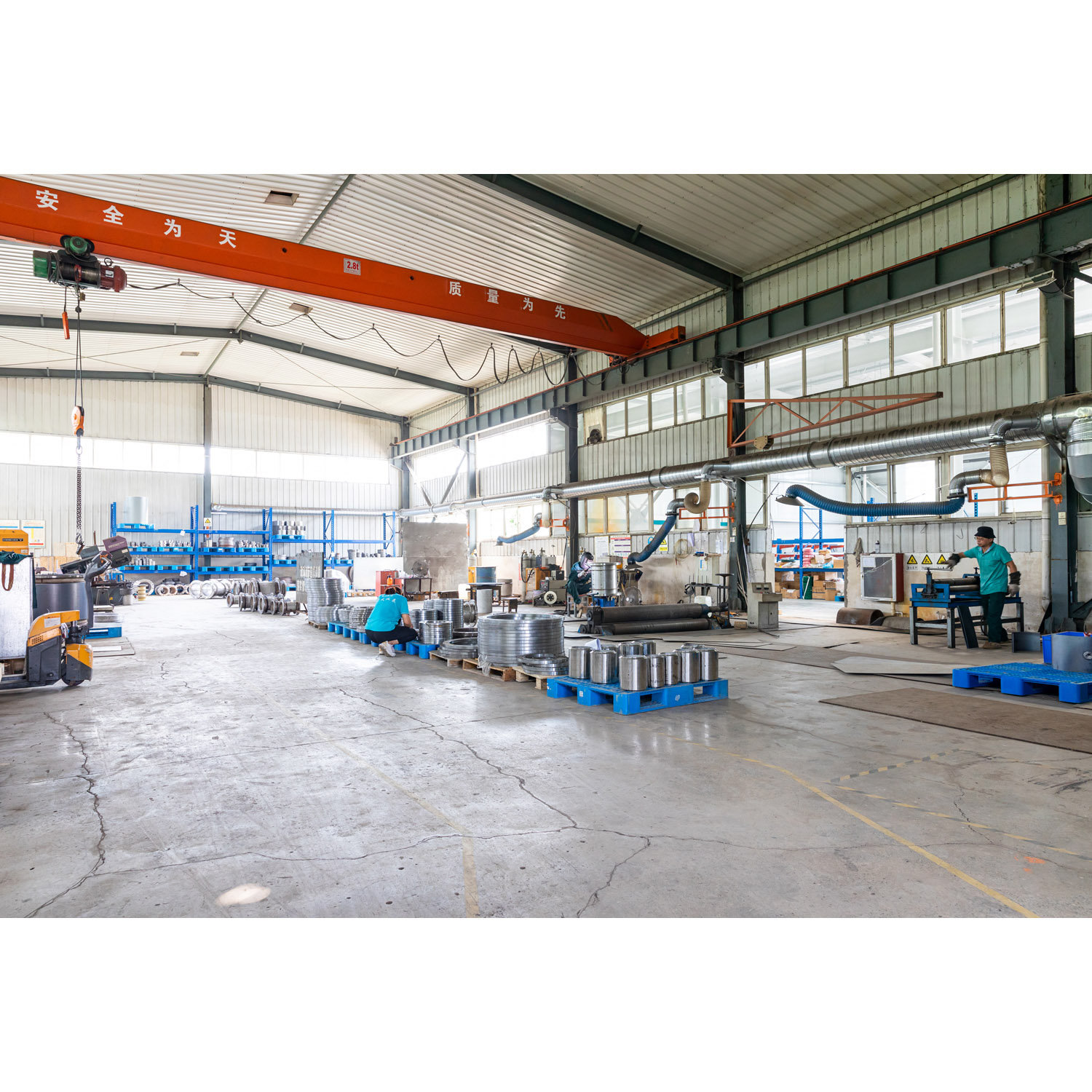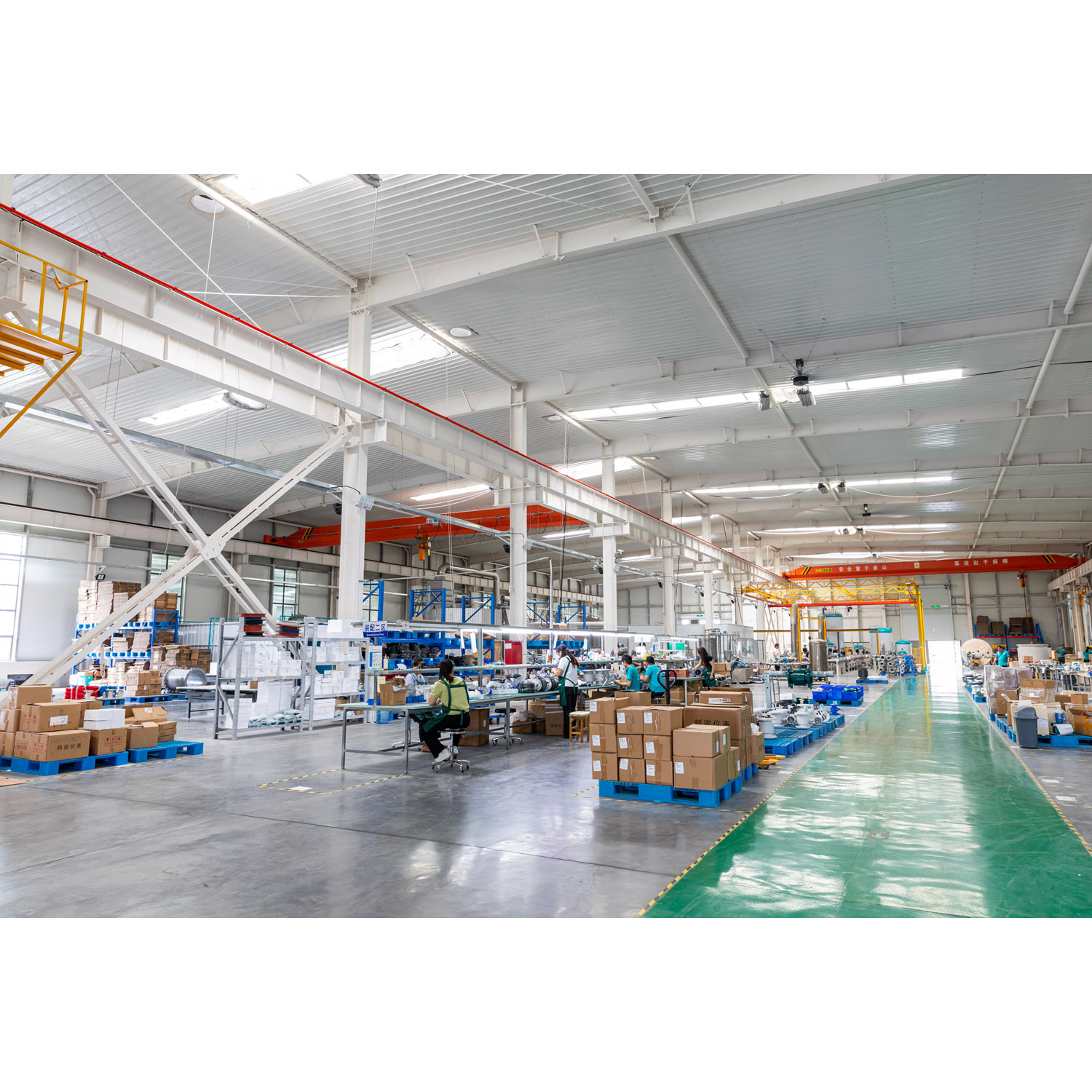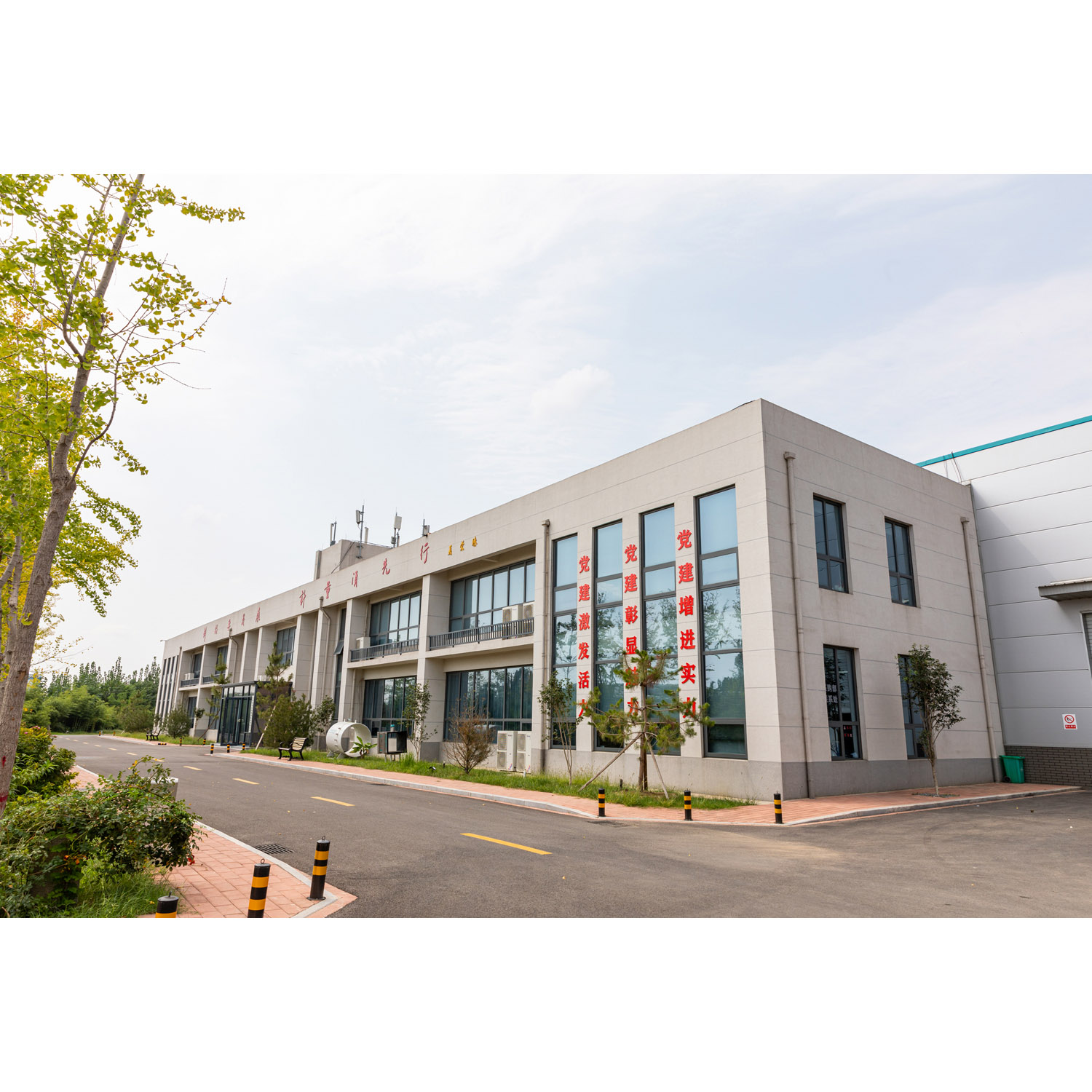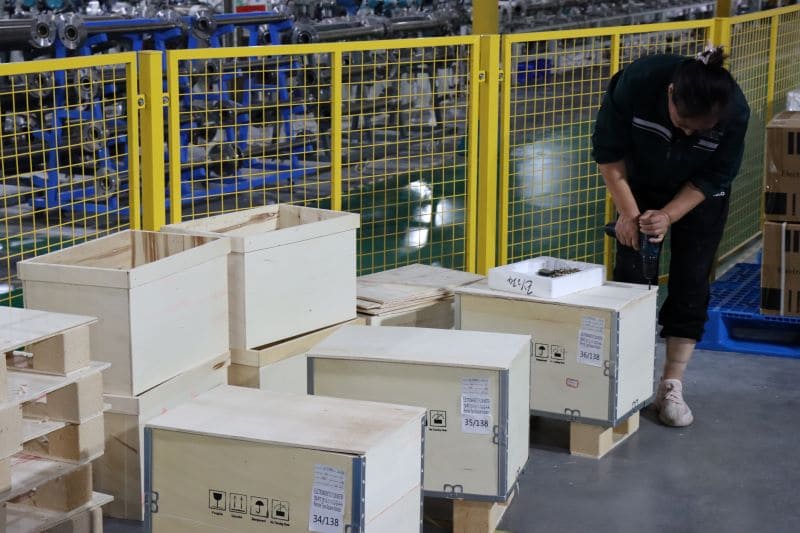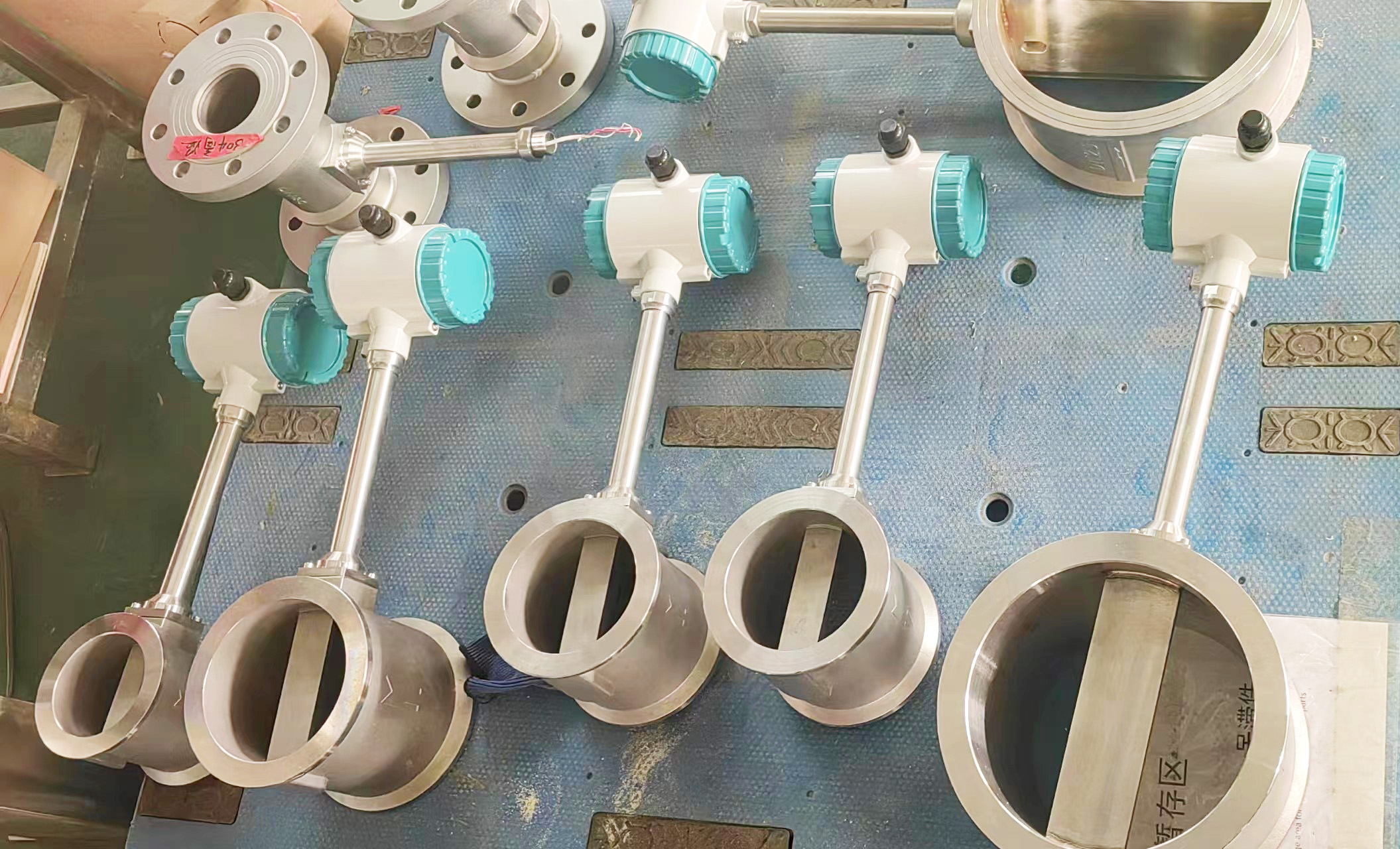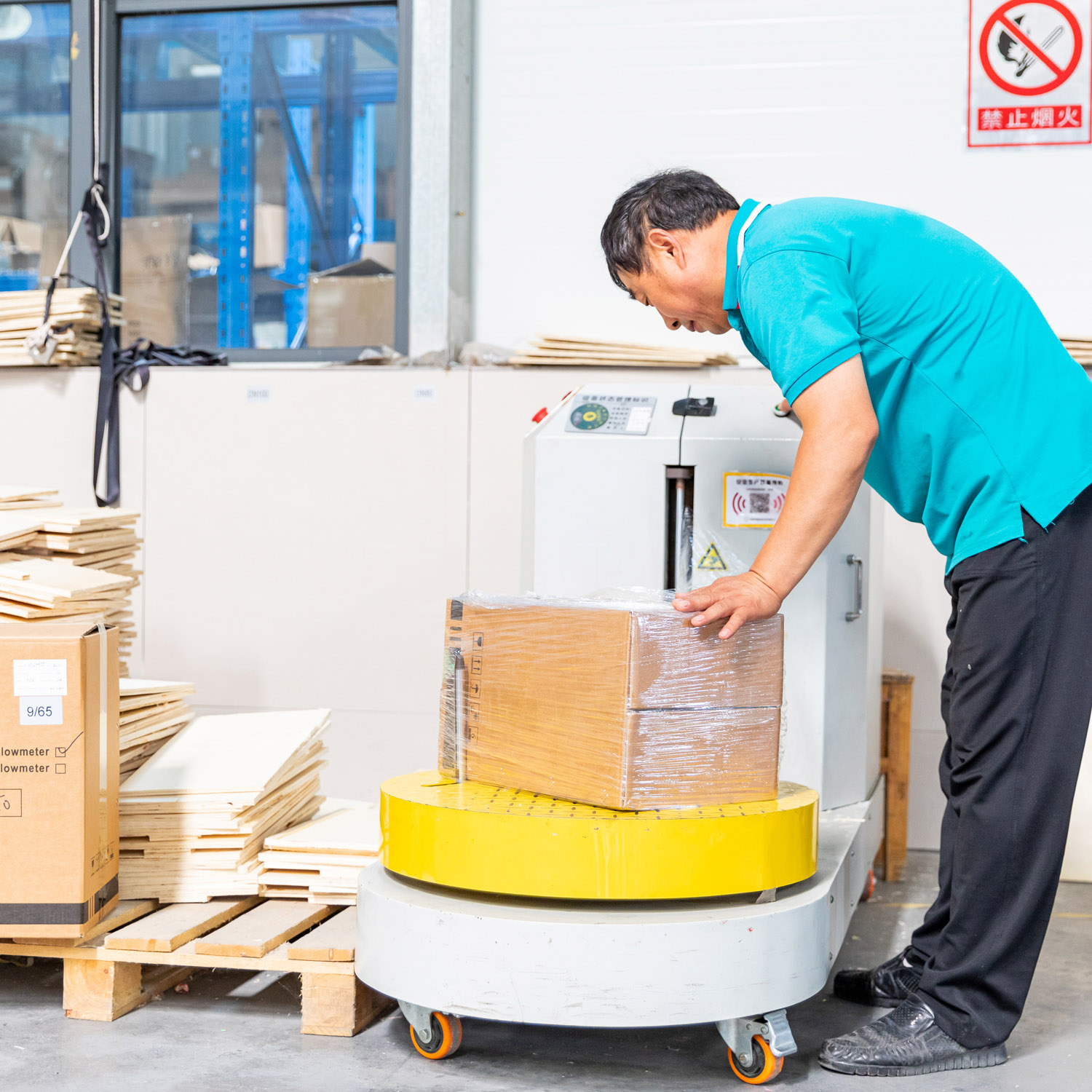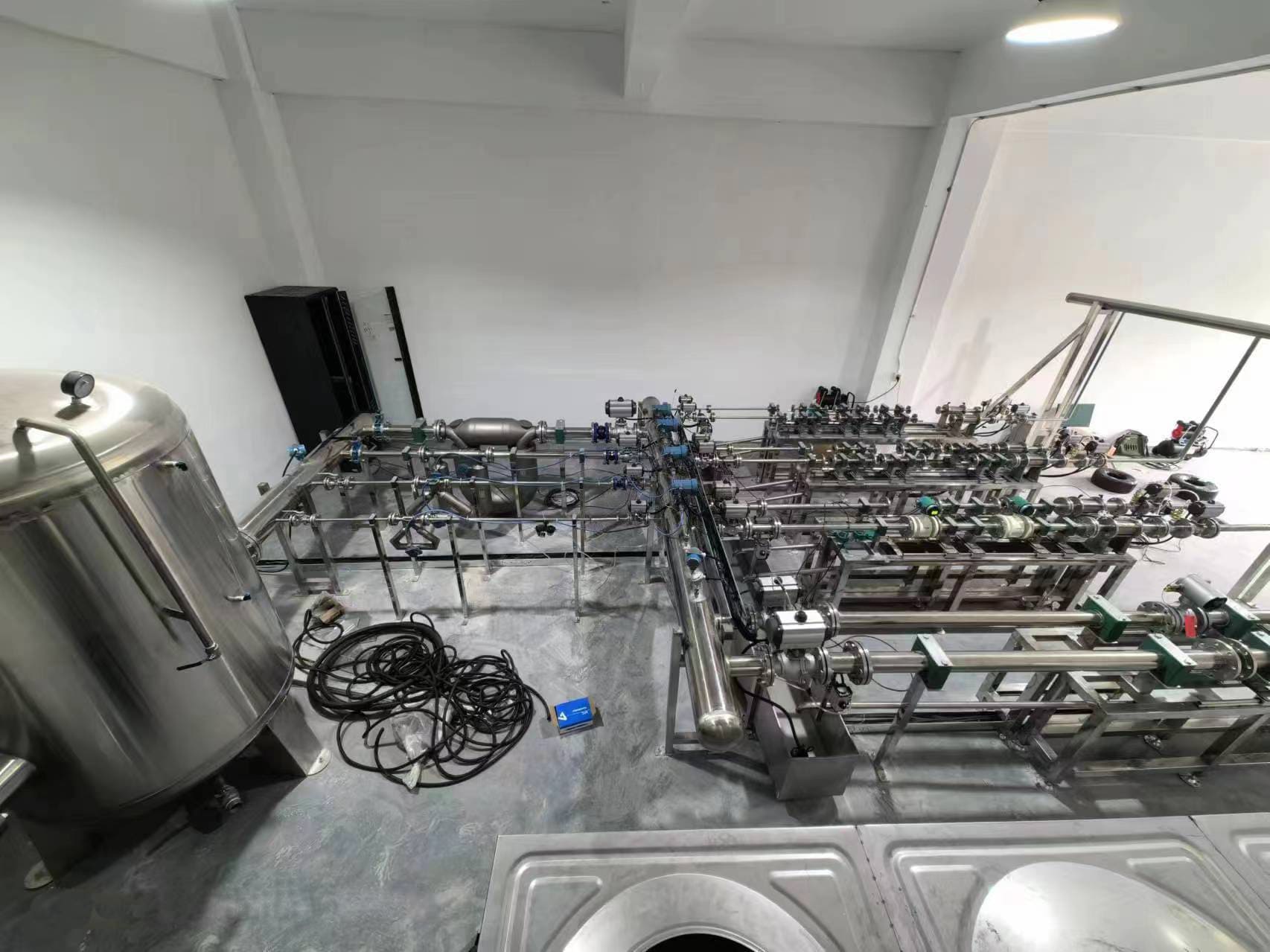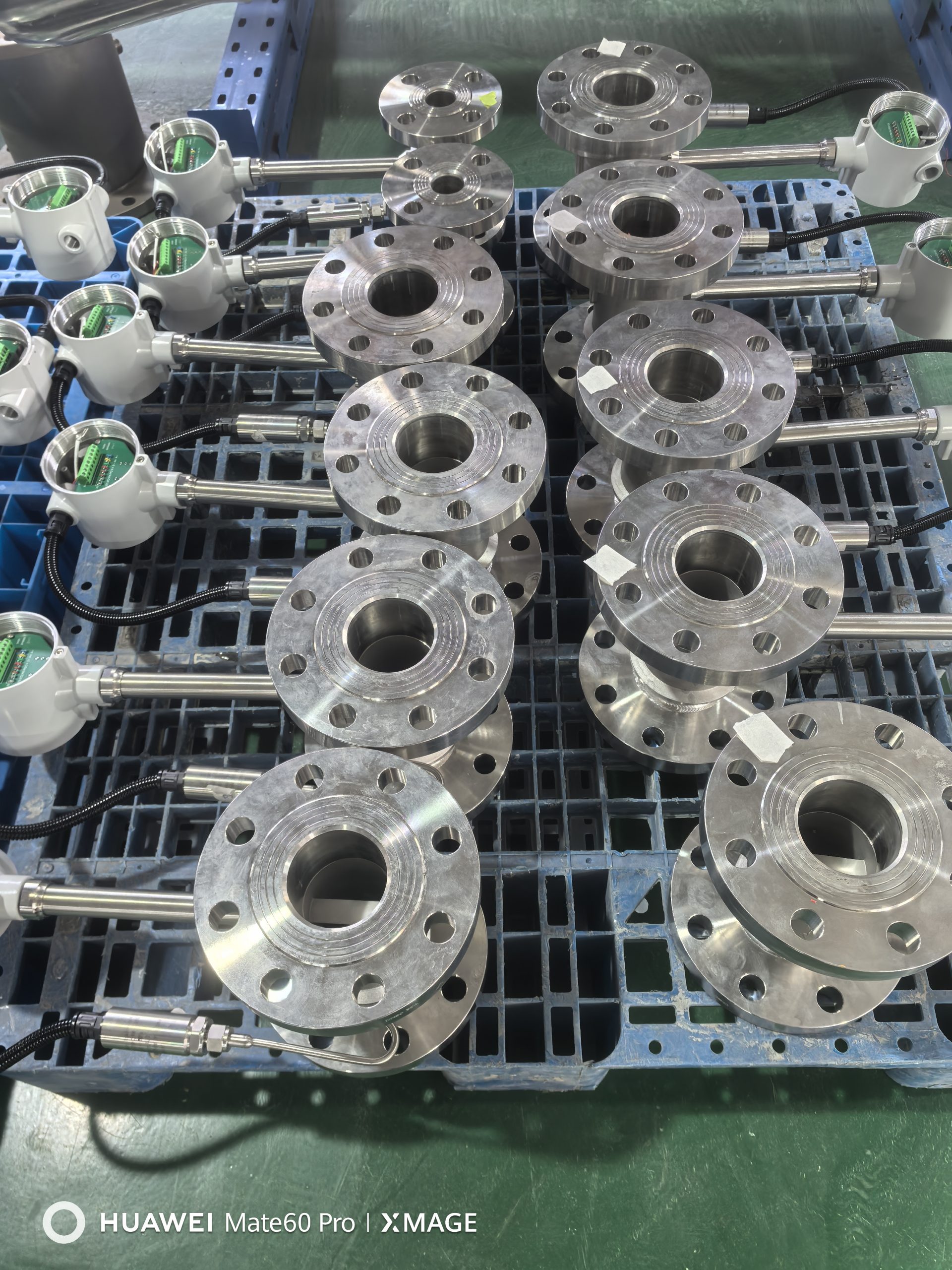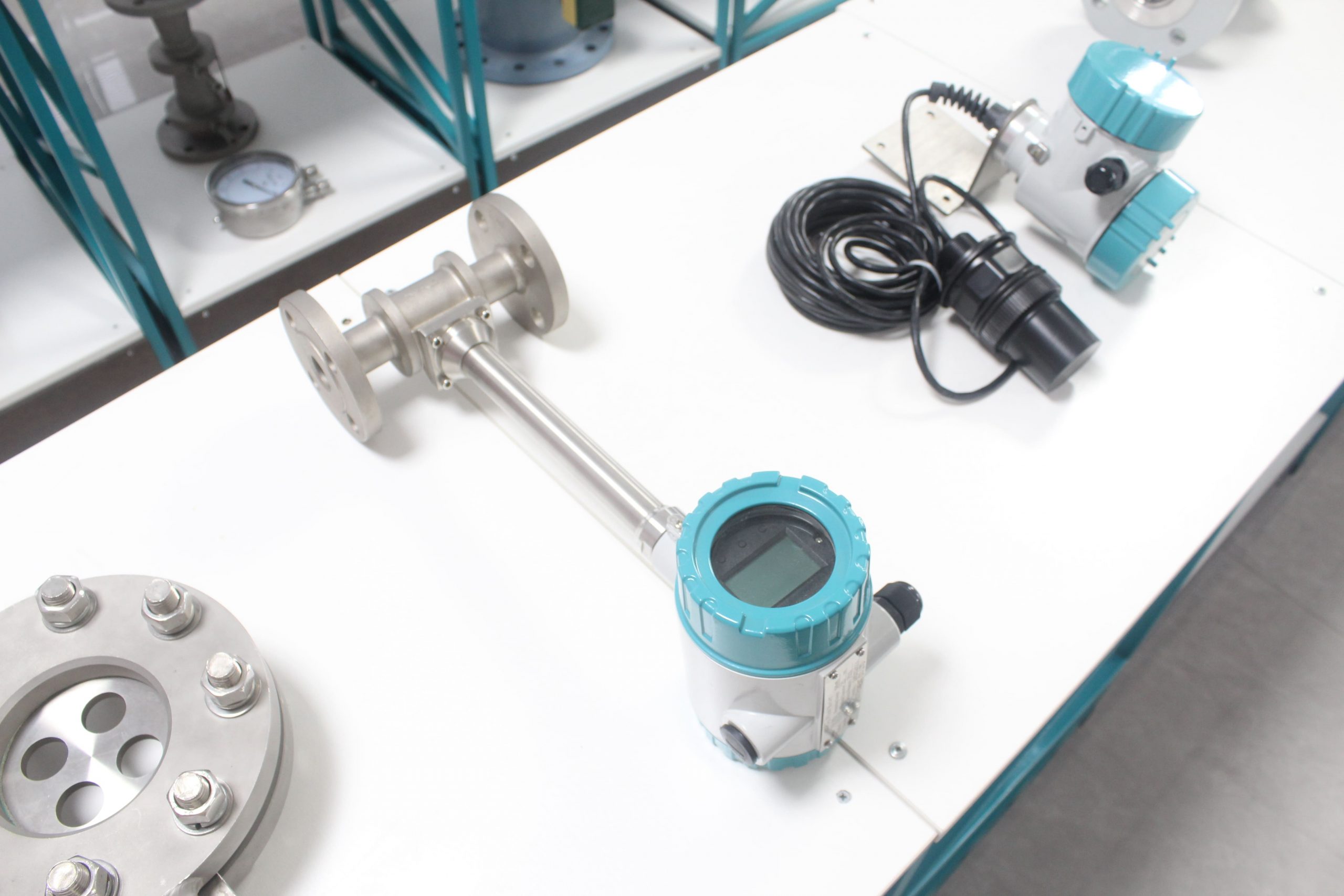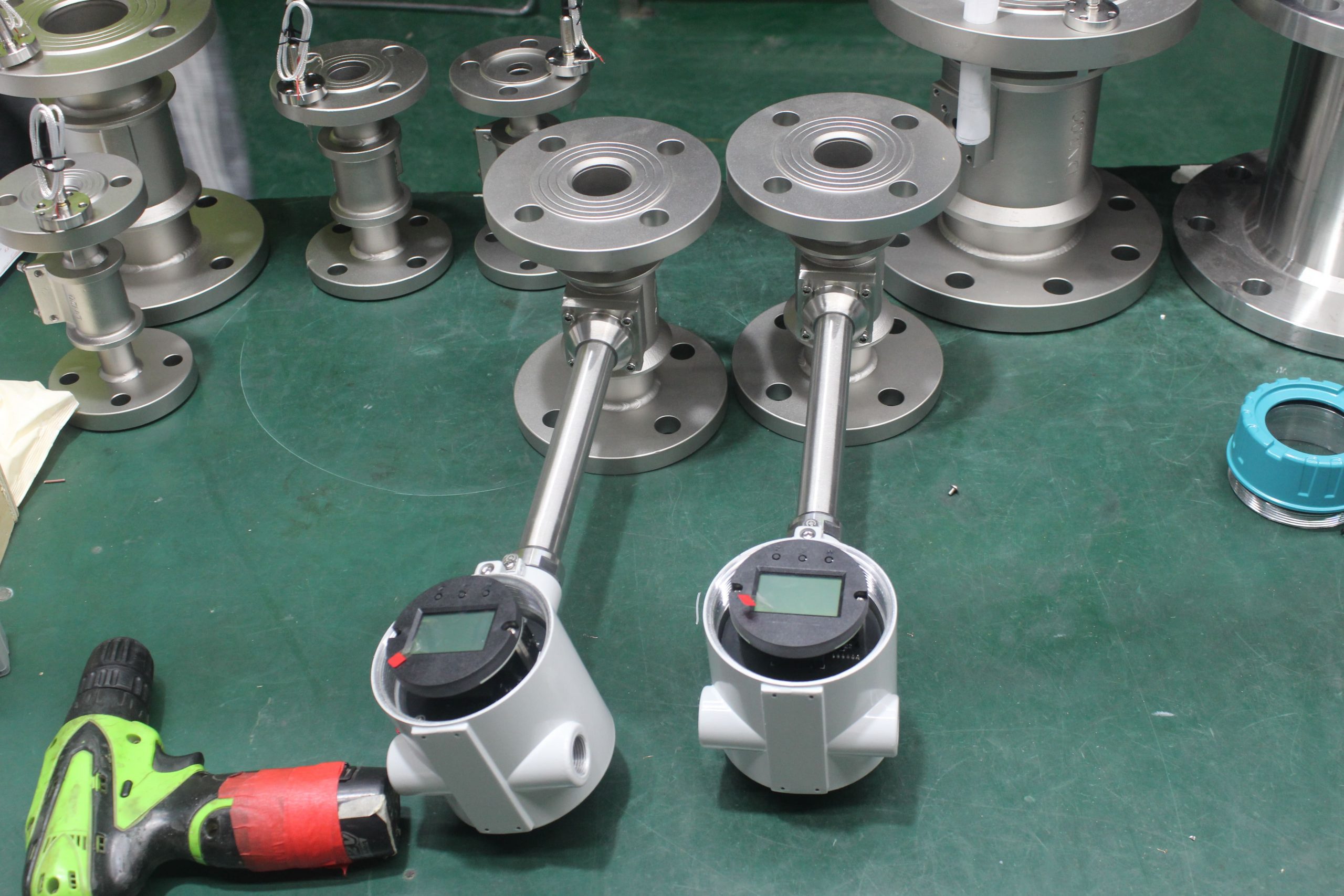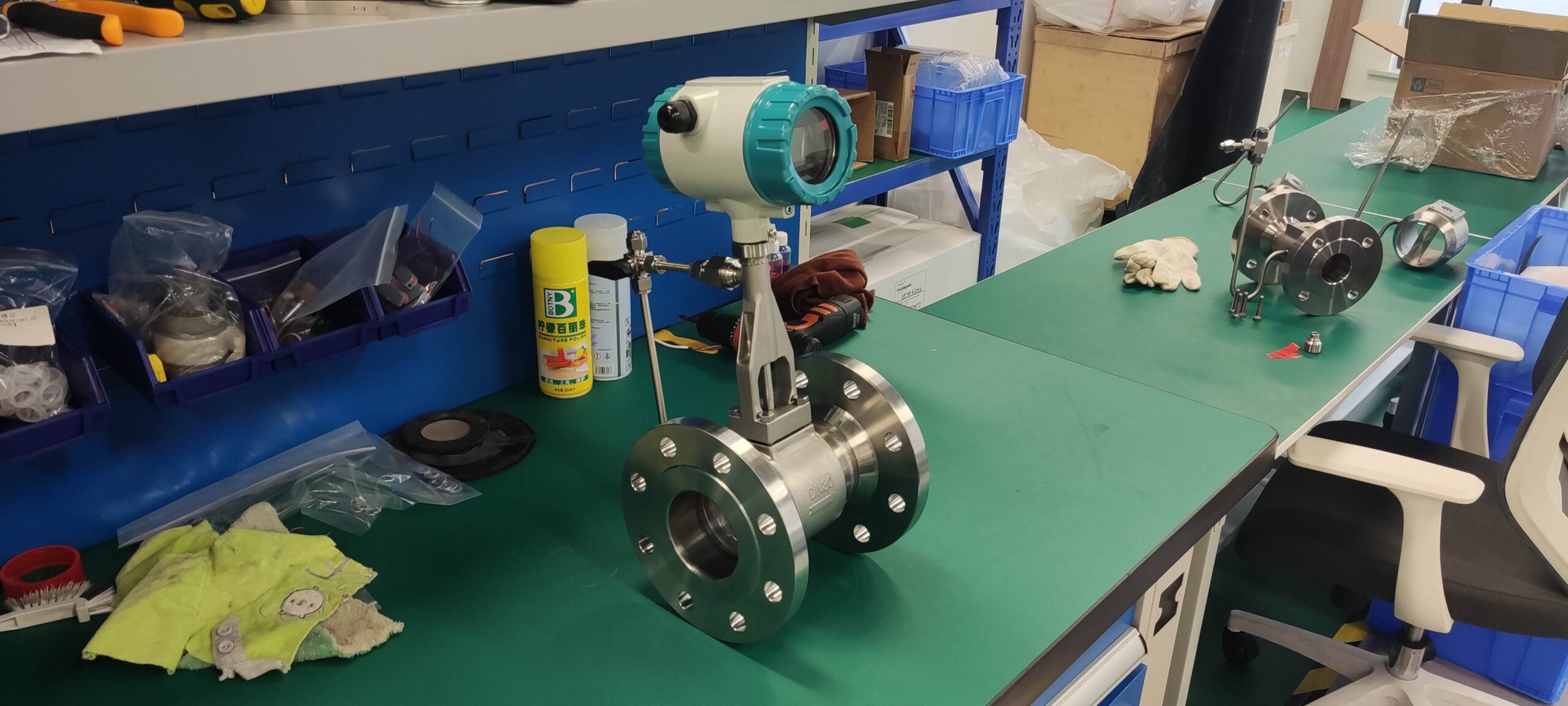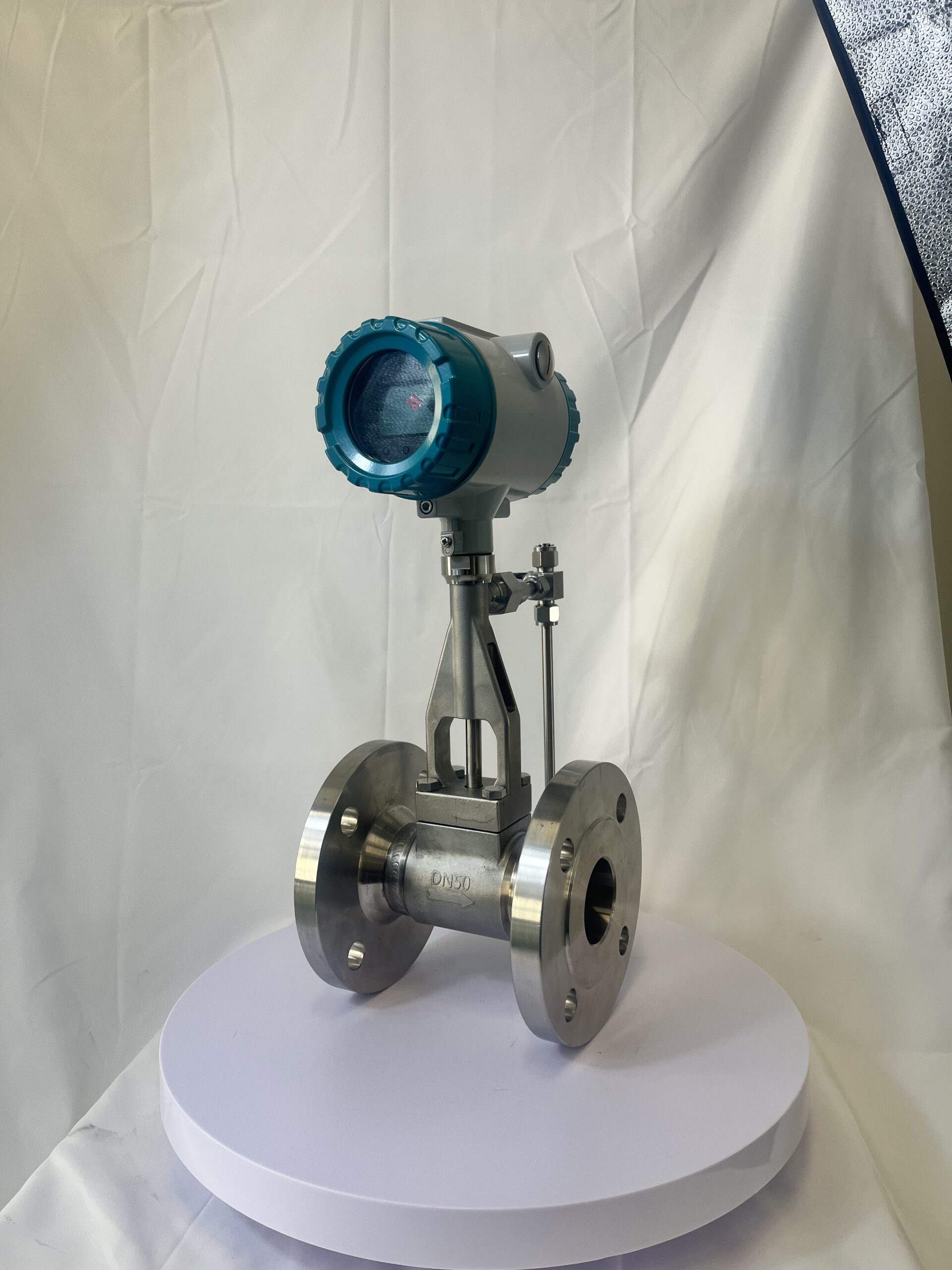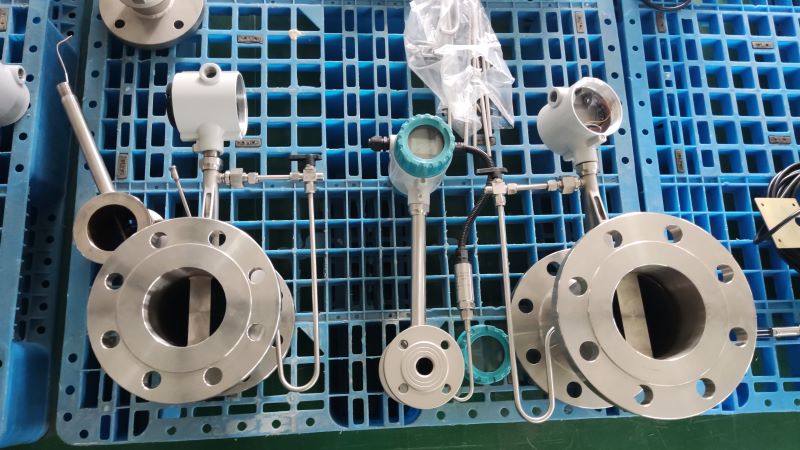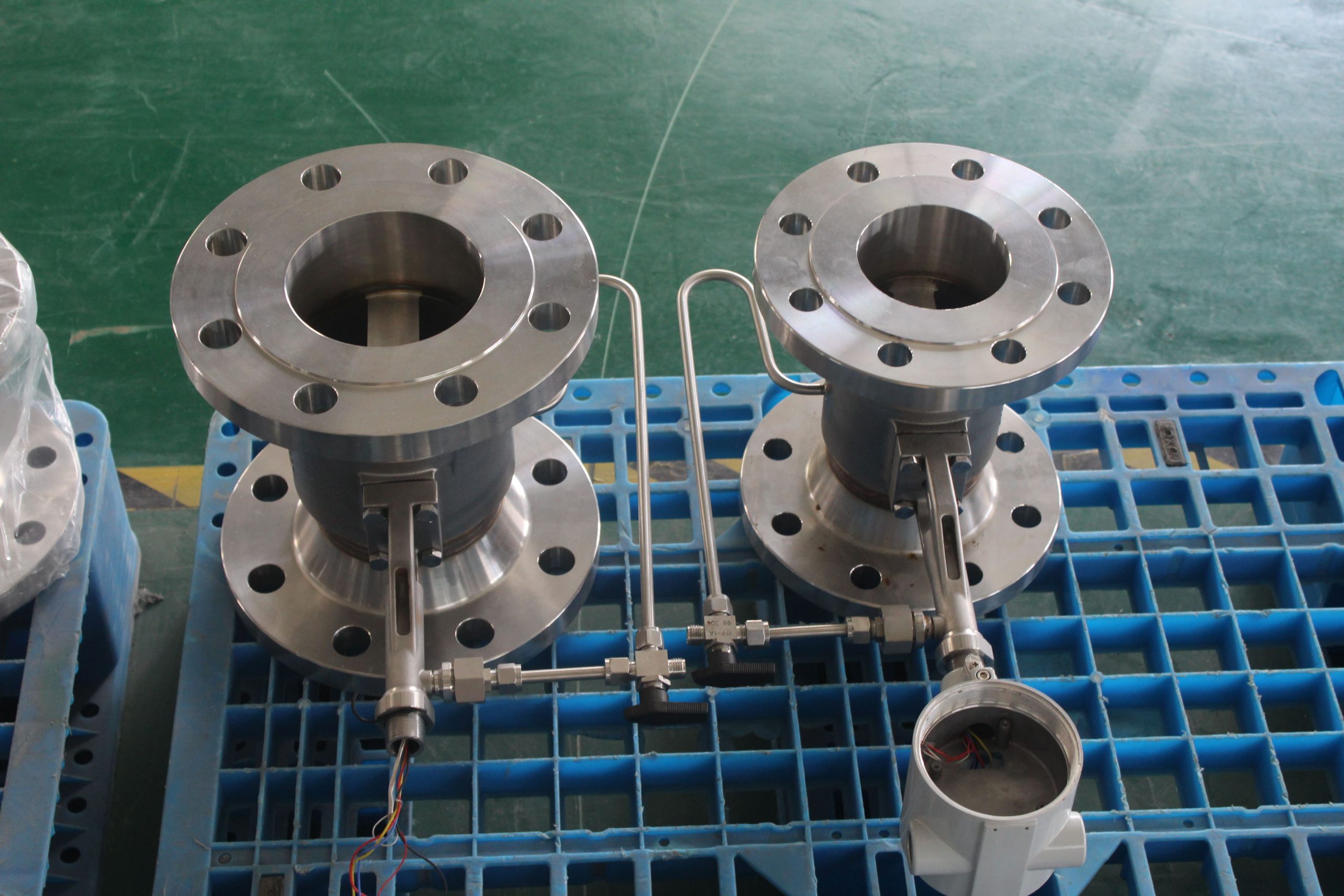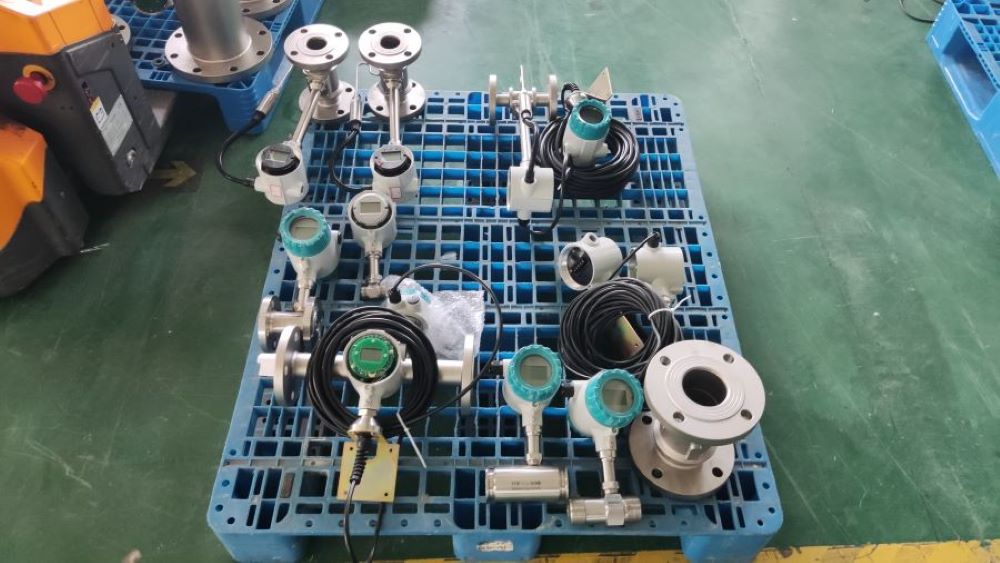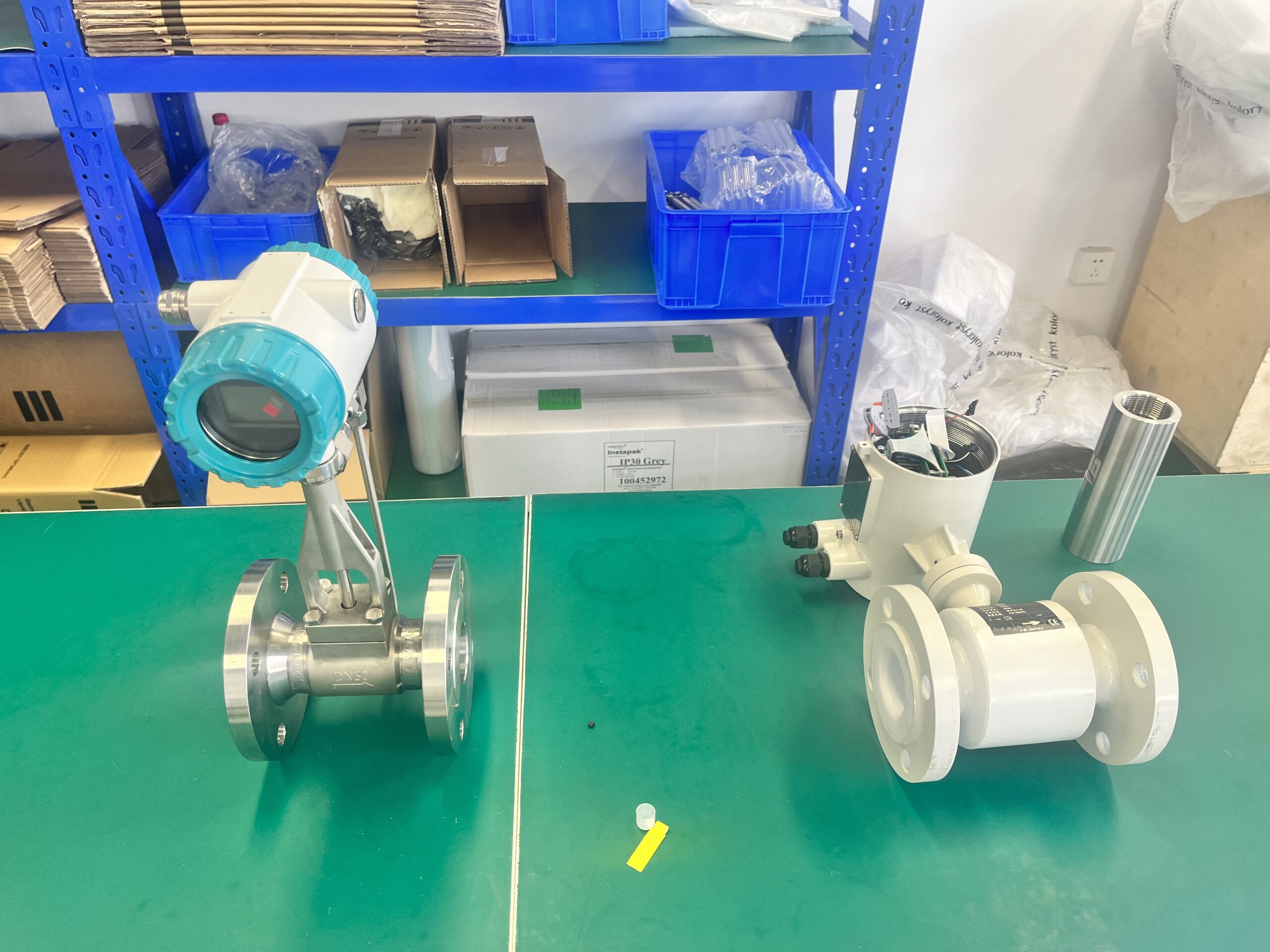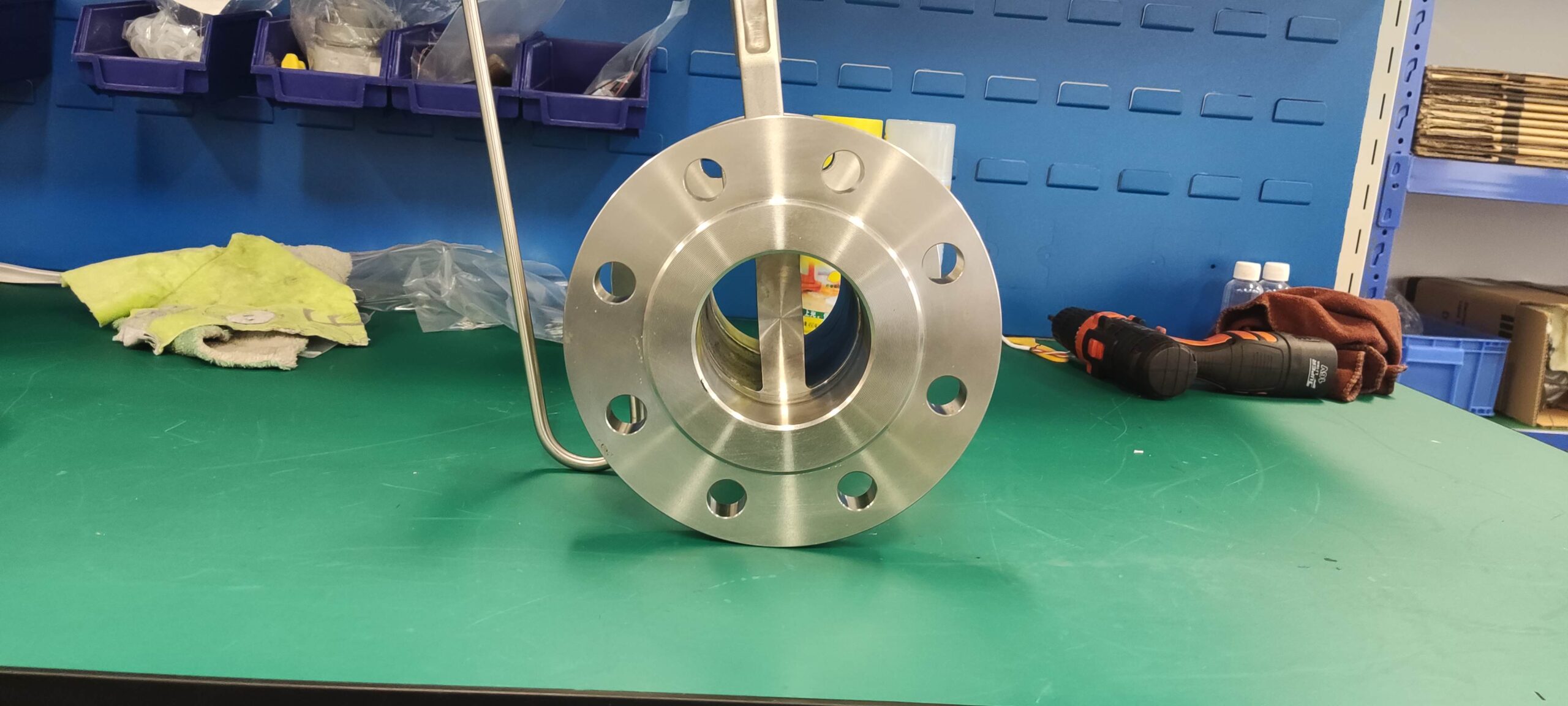Air Flow Meter Buying Guide: How to choose the best product for you
When selecting the right air flow meter product, a number of factors need to be considered to ensure that the selected product can meet the actual needs and has good performance. Here is a detailed buying guide to help you choose the best air flowmeter:
1. Define measurement requirements
Application scenarios: First determine what kind of scenarios the air flowmeter will be used for, such as industrial ventilation, medical equipment, semiconductor manufacturing, laboratory research, etc. Different application scenarios have different performance requirements for flowmeters.
Measurement range: Determine the required measurement range according to the actual demand. Make sure the measuring range of the flowmeter you choose covers your actual needs and avoid choosing too large or too small a model.
Accuracy requirements: Accuracy is one of the key factors in selecting an air flowmeter. For scenarios that require high-precision measurement, such as medical treatment, semiconductor manufacturing, etc., a high-precision flowmeter should be selected.
2. Understand flowmeter types
Common types of air flowmeter on the market include mass flowmeter, volume flowmeter, differential pressure flowmeter, float flowmeter, vane flowmeter and thermal flowmeter. Each type has its own characteristics and applicable scenarios:
Mass flowmeter: Suitable for scenarios requiring high precision measurement, such as the medical industry, semiconductor manufacturing, etc.
Volume flowmeter: suitable for large flow scenarios, such as air compressors, industrial ventilation, etc.
Differential pressure flowmeter: Calculate the flow rate by measuring the differential pressure generated by the fluid through the throttling device, suitable for a variety of fluids and pipelines.
Float flowmeter: Use the float in the fluid position change to measure the flow, suitable for small flow and clean fluid measurement.
Vane flowmeter: Using the principle of rotating fins to measure air flow, suitable for specific occasions.
Thermal flowmeter: Use the heat dissipation effect of hot wire or hot film to measure the flow rate, suitable for a variety of gases and liquids.
3. Consider technical indicators
Accuracy: Choose a flowmeter that meets or exceeds your desired accuracy.
Response speed: For scenarios that require fast response, real-time monitoring systems should choose flowmeters with fast response speed.
Ambient temperature range: Ensure that the selected flowmeter can work properly in your application environment, including temperature, humidity and other conditions.
Protection level: For harsh environments or occasions that need to be explosion-proof, flowmeters with corresponding protection levels should be selected.
4. Brand and price
Brand selection: Choosing well-known brands and manufacturers with good reputation can ensure product quality and after-sales service. Excellent air flow meter brands include Fluke, ELECALL, Shanghai brand and so on.
Price comparison: under the premise of meeting the performance requirements, compare the prices of different brands and models, and choose the products with higher cost performance.
5. Other precautions
View product certification: Ensure that the selected flow meter has the relevant certification qualifications such as national metrology certification.
After-sales service: Understand the manufacturer’s after-sales service policy, including warranty period, maintenance service, etc.
Installation and maintenance: Consider the ease of installation and maintenance of the flow meter and whether it requires professional operation.

